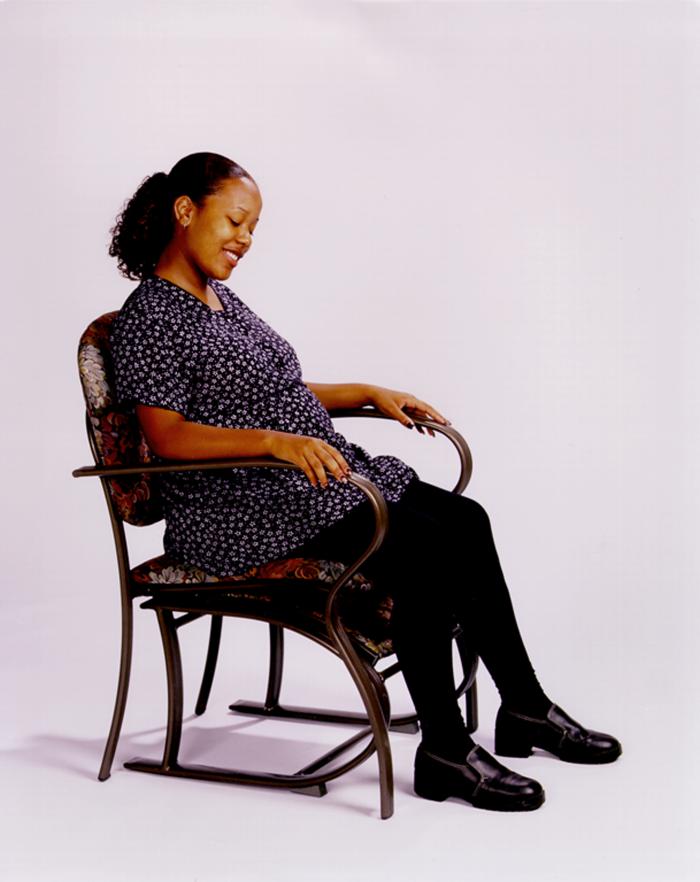Travelers should stay informed about Zika virus and other mosquito-borne diseases and consult their local health or travel authorities if they are concerned.

Based on available evidence, WHO is not recommending any travel or trade restrictions related to Zika virus disease. Countries reporting sporadic Zika infections in travelers arriving from affected countries pose little, if any, risk of onward transmission.
As a precautionary measure, some national governments may make public health and travel recommendations to their own populations, based on their assessment of the available evidence and local risk factors.
Precautionary measures for pregnant women and women considering pregnancy
Based on the latest evidence that Zika virus infection during pregnancy may be linked to microcephaly in newborns, WHO is issuing further precautionary travel advice to women who are pregnant and their sexual partners.
Women who are pregnant should discuss their travel plans with their health care provider and consider delaying travel to any area where locally acquired Zika infection is occurring.
Zika virus is spread by mosquitoes, and not by person-to-person contact, though a small number of cases of sexual transmission have been documented.
Zika has been found in human semen. Two reports have described cases where Zika has been transmitted from one person to another through sexual contact.
Until more is known about the risk of sexual transmission, all men and women returning from an area where Zika is circulating – especially pregnant women and their partners – should practice safe sex, including through the correct and consistent use of condoms.
All travellers, including pregnant women, going to an area where locally acquired Zika infection is occurring should adhere closely to steps that can prevent mosquito bites during the trip. These include:
- using insect repellent: repellents may be applied to exposed skin or to clothing, and should contain DEET. Repellents must be used in strict accordance with the label instructions;
- wearing clothes (preferably light-coloured) that cover as much of the body as possible;
- using physical barriers such as screens, closed doors and windows;
- sleeping under mosquito nets, especially during the day, when Aedesmosquitoes are most active; and
- identifying and eliminating potential mosquito breeding sites, by emptying, cleaning or covering containers that can hold even small amounts of water, such as buckets, vases, flower pots and tires.

